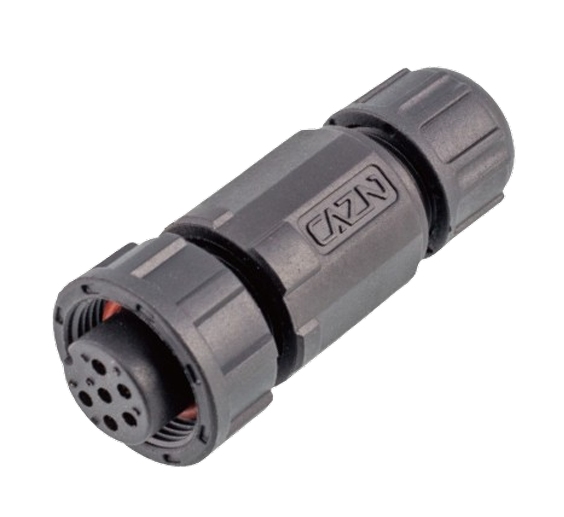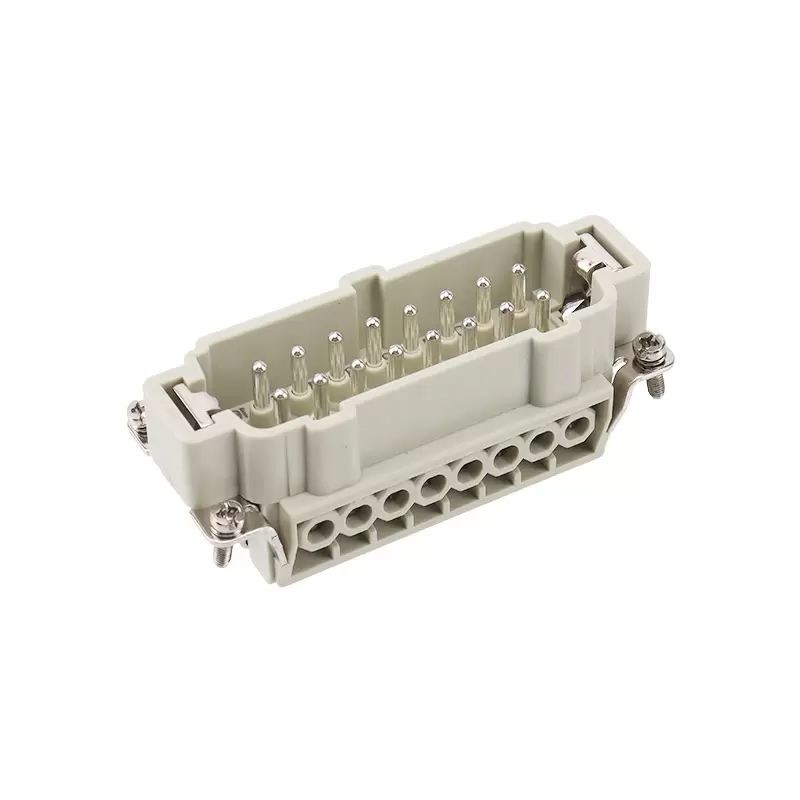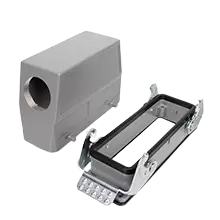RF Connector Specifications: What You Need to Know
At CAZN, we specialize in high-quality RF connectors, including our SMA (female) board rear curved socket, designed for cables such as RG316, RG174, and LMR100, with a frequency range of DC0-6GHz. Understanding the specifications of RF connectors is crucial for ensuring optimal performance in various applications, from telecommunications to IoT devices. This blog will cover essential specifications and considerations when selecting RF connectors.

1. Connector Types
RF connectors come in various types, each designed for specific applications and performance requirements. For example:
- SMA Connectors: These are widely used for their compact size and excellent performance at high frequencies. The SMA-J Male Plug is a common choice for applications requiring a reliable connection.
- N-Type Connectors: Known for their durability and weather resistance, N-Type connectors are suitable for outdoor applications.
- BNC Connectors: Often used in video and radio frequency applications, BNC connectors offer quick connect/disconnect capabilities.
2. Impedance
Impedance is a critical specification for RF connectors, typically measured in ohms:
- 50 Ohms: Most RF applications, including telecommunications and broadcasting, use 50-ohm connectors for optimal power transfer.
- 75 Ohms: Used primarily in video and cable television applications.
Choosing the correct impedance ensures minimal signal reflection and loss.
3. Frequency Range
The frequency range indicates the operational limits of the connector:
- DC to 6GHz: Connectors like the SMA-KW-1.5 are designed to operate effectively within this frequency range, making them suitable for a wide array of applications.
- Higher Frequencies: For specialized applications, connectors may be available that operate at frequencies beyond 6GHz.
Always ensure that the connector's frequency range aligns with your application requirements.
4. Insertion Loss
Insertion loss refers to the amount of signal loss that occurs when the connector is inserted into a circuit:
- Low Insertion Loss: Ideally, you want an insertion loss of less than 0.15dB for minimal signal degradation. The SMA-J Male Plug offers an insertion loss of just 0.15dB at its specified frequency range.
Lower insertion loss contributes to better overall system performance.
5. Voltage Standing Wave Ratio (VSWR)
VSWR is a measure of how efficiently RF power is transmitted through the connector:
- Standard Values: A VSWR of ≤1.25 at 6GHz indicates good performance, meaning most of the power is transmitted without significant reflection.
A lower VSWR value signifies better impedance matching and reduced signal reflection.
6. Operating Temperature Range
The operating temperature range specifies the environmental conditions under which the connector can function reliably:
- Typical Range: Many RF connectors, including those from CAZN, have an operating temperature range of -40℃ to +165℃. This wide range ensures functionality in various conditions.
Make sure the connector can withstand your application's environmental conditions.
7. Material Specifications
The materials used in RF connectors greatly influence their performance:
- Contact Material: Gold-plated copper is commonly used for contacts due to its excellent conductivity and resistance to corrosion.
- Insulation Material: PTFE (Polytetrafluoroethylene) is often used for insulation due to its high thermal stability and low dielectric constant.
Understanding material specifications helps ensure durability and reliability in your application.
Conclusion
When selecting RF connectors like those offered by CAZN, understanding specifications such as connector type, impedance, frequency range, insertion loss, VSWR, operating temperature range, and material composition is essential for optimal performance in your application. By considering these factors, you can ensure that your RF connections are reliable and efficient, ultimately enhancing the performance of your telecommunications systems or electronic devices. If you have any questions about our products or need assistance in selecting the right RF connector for your needs, feel free to reach out!









